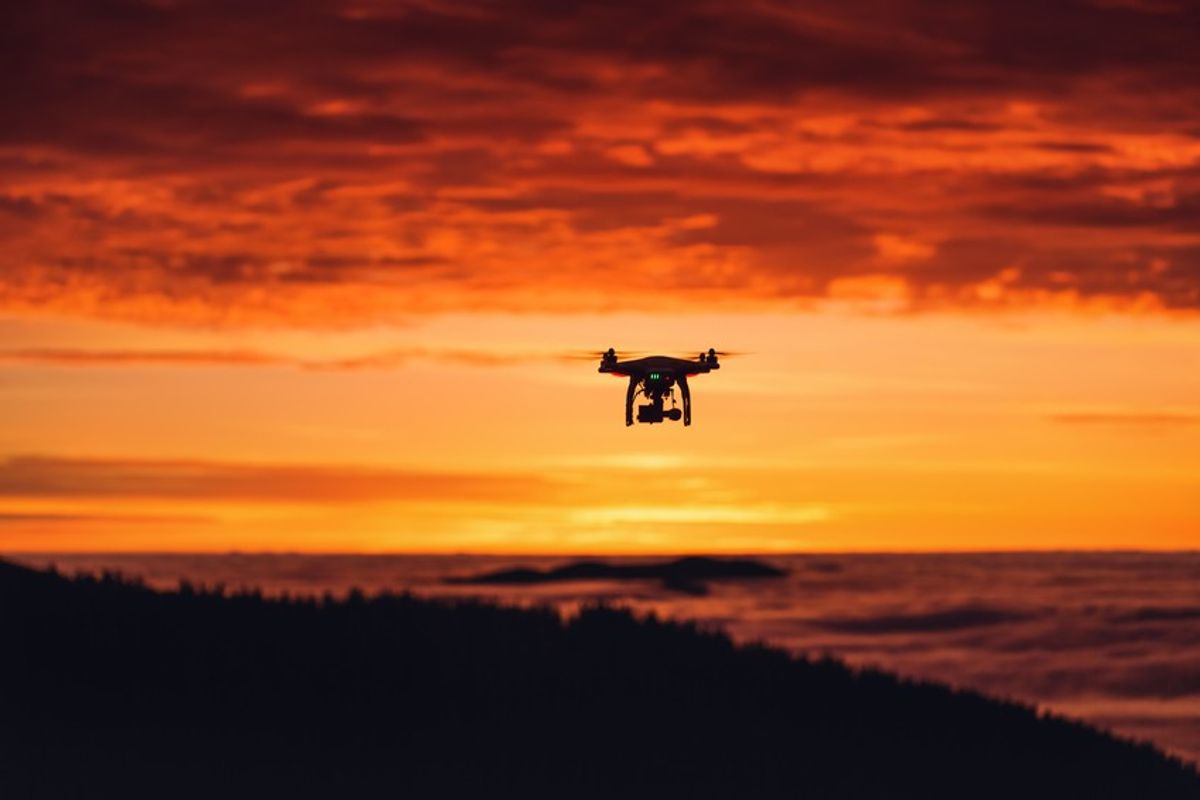The unmanned aircraft systems (UAS) industry is poised to be one of the fastest-growing in American history. During the first decade following UAS integration in the U.S. airspace, it’s estimated the industry will create more than 100 thousand jobs and provide more than $82 billion in economic impact.
Proof of this burgeoning market is in the flood of requests the Federal Aviation Administration has received for exemptions to its current ban on commercial UAS operations. In May 2014, the agency announced it would consider granting exemptions for certain low-risk commercial UAS applications under Section 333 of the FAA Modernization and Reform Act of 2012. Since then, the agency has received more than 2,700 requests and approved more than 1,500 petitions.
According to the Association for Unmanned Vehicle Systems International’s (AUVSI) report on the first 1,000 exemptions, businesses in more than 25 industries representing over 600,000 jobs and $500 billion in economic impact now are using UAS technology. More than 80 percent of the exemptions are for small businesses, with the majority granted for use in real estate, construction, and agriculture. The report also finds that exemptions have been approved in 49 states, with California leading the way with 114, followed by Texas with 97, and Florida with 82.
From inspecting infrastructure to filming movies to helping farmers survey their crops, these exemptions illustrate that the applications of UAS are virtually limitless and offer a superior way to see what needs to be seen, in less time, and at less expense.
However, the FAA’s current system of case-by-case approvals isn’t a long-term solution for the many businesses that want to fly. The agency needs to finalize its small UAS rule, which will establish a clear regulatory framework and allow all businesses that follow the rules to fly, opening the door to even more commercial uses of this technology.
Putting the small UAS rule in place will also help increase the safety of the airspace. It’ll provide the necessary tools and training to create a culture of safety around the use of UAS. As more commercial UAS operators are certified, they’ll join the long-standing aviation community, which I’ve been part of for more than 20 years as an instrument-rated general aviation pilot. They will foster the aviation community’s principles of airmanship and self-policing to promote safety and discourage careless and reckless operations.
Because safety is essential for all UAS operators, AUVSI, in partnership with the Academy of Model Aeronautics and the FAA, developed the Know Before You Fly campaign in December 2014 to educate newcomers to UAS—many of whom have no aviation experience—to know where they should and shouldn’t fly. As part of that campaign, we urge anyone considering buying or flying a drone to visit www.knowbeforeyoufly.org and review the current safety guidelines.
In addition to the FAA finalizing the small UAS rule, Congress needs to pass an FAA reauthorization measure before the current authorization expires on September 30. This is critical for accelerating and expanding the commercial use of UAS that pose no additional risk to the nation’s airspace, such as beyond-visual-line-of-sight, nighttime operations, and operations over heavily populated areas. Not doing so risks stunting a still-nascent industry and restricting many of the beneficial ways that businesses could use UAS.
If this industry is literally going to get off the ground, we need Washington to make these items top priorities. With the right regulatory environment, there’s no question the economic benefit could be even greater. But the longer it takes to establish UAS regulations, the more our nation risks losing its innovation edge, along with the billions of dollars of economic impact.












